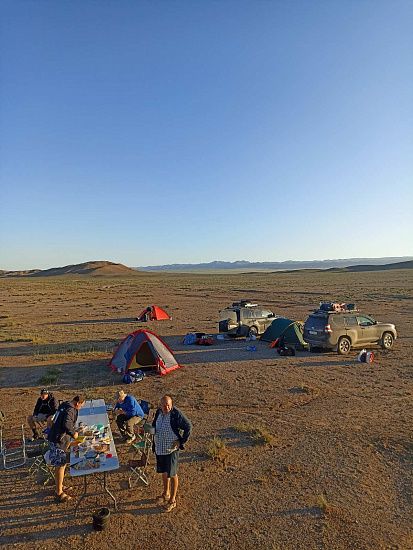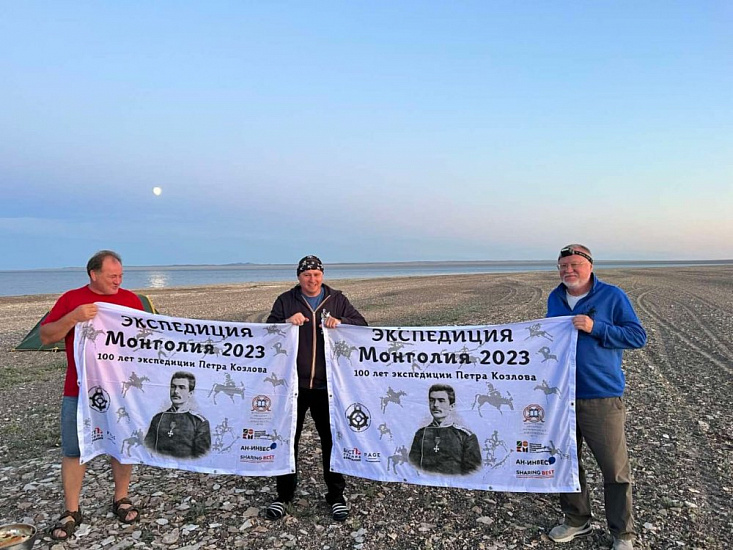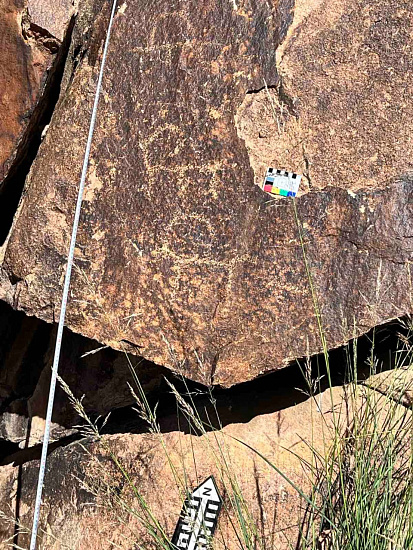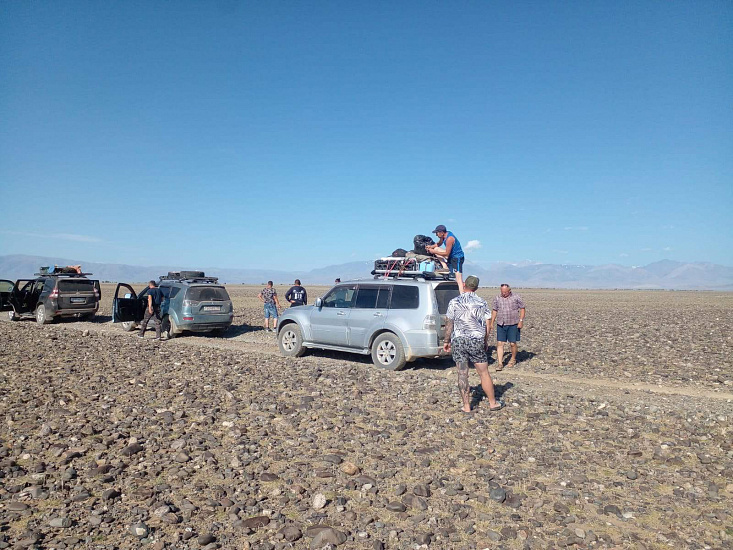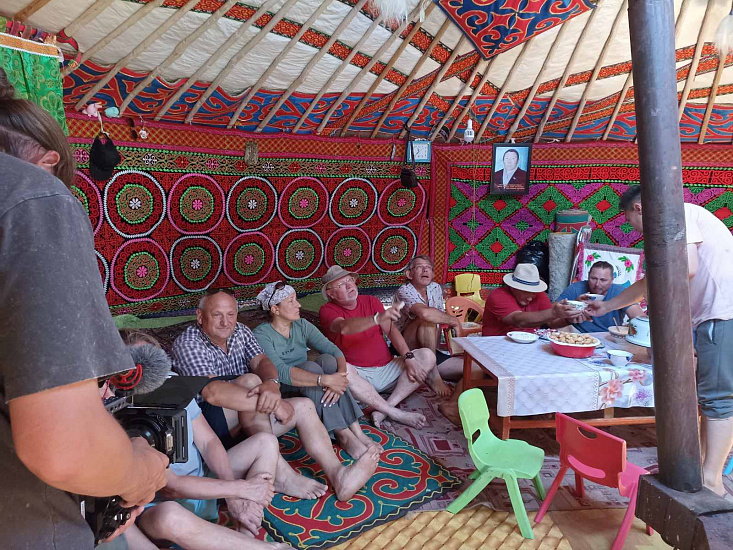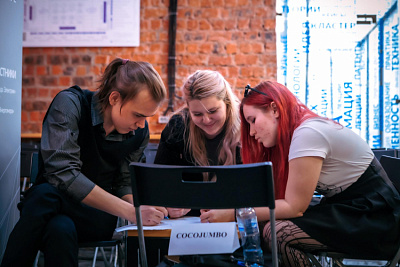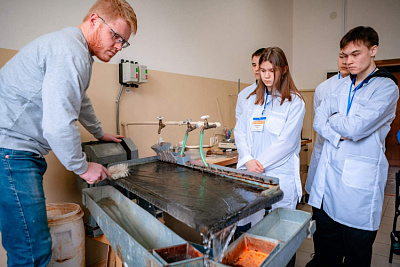Mongolian expedition "Along the Paths of Ancient Communications": INRTU archaeologists discovered Paleolithic objects, petroglyphs and Bronze Age burials
The INRTU archaeologists followed the famous Russian traveler Pyotr Kozlov’s route as part of the expedition "Along the paths of ancient Communications". The team discovered Paleolithic archaeological sites, petroglyphs and burial sites of the Bronze Age in Western and Central Mongolia
The project dedicated to the 160th anniversary of Pyotr Kozlov started with a press conference on July 26. Nikolay Kradin, Academician of the Russian Academy of Sciences, Director of the Institute of History , Archaeology and Ethnography of the Peoples of the Far East, became the scientific supervisor. The ideologists are St. Petersburg entrepreneur Georgiy Rykov and INRTU professor of Department of History and Philosophy Artur Kharinskii.
There were 15 people set off to the expedition altogehter, including INRTU teachers. The archaeologists started fr om the city of Kyakhta and passed along the Mongolian Altai. They visited Darkhan, Erdenet, Bulgan, Muren and other cities.
According to Artur Kharinskii, Pyotr Kuzmich Kozlov’s journey was on this route:

"We traveled by car, stopped near interesting archaeological and geological sites. We got to compare the descriptions of the famous traveler's places with the modern perception of this territory.
Mongolia is a country with unique nature, rich in picturesque rocks and lakes, flora and fauna, fields and deserts. It was important for us to trace the changes in the places wh ere Pyotr Kozlov passed."
The team discovered several archaeological complexes, the earliest of which belong to the Paleolithic period. Archaeologists have found adzes, scrapers and other stone tools. Researchers were also interested in the burial complexes of Kereksura, presented in the form of huge rings with a mound in the middle. Such burials are characteristic of the territories of Mongolia, Altai, Tuva and Transbaikalia, they date back to the late Bronze Age.
"Rock petroglyphs can also be attributed to the Bronze Age. The drawings of mountain goats and other animals are carved on them. There are more recent archaeological complexes nearby – Turkic ritual fences. The variety of archaeological sites confirms that the area has been inhabited since the Paleolithic period.
We were able to identify ethnic features as well. For example, Kazakhs mainly live in the western part of Mongolia, differing fr om the locals in culture and lifestyle",- Artur Kharinskii says.
The archaeologists stopped in the Khovd, which was in the Qing Empire in 1757. After studying the works of Pyotr Kozlov, the researchers managed to find an abandoned building of the Manchurian residence, as well as the territories wh ere Chinese porcelain shops and Khovd’s prisons were located.
"Buddhist buildings dominate in the description of the traveler. Before the revolution, a third of the male population were monks. Currently, passing through the territory of Mongolia, you can find the destroyed buildings of monasteries.
A series of expeditions "Along the paths of ancient communications" will allow us to get a holistic view of the culture and way of life of the peoples of the studied territories. This will help to draw up a scheme of the cultural life of the region, starting from the Bronze Age. Next summer, together with scientists from the Mongolian Institute of Archaeology, we will continue excavations on the coast of northern Khubsugul. I intend to combine the results of many years of travel into a book",- the professor added.
Artur Kharinskii and his colleagues will present a report on the expedition in St. Petersburg on October 4 at a meeting of the Russian Geographical Society. Also at the event, a popular science film about the journey, shot by a graduate of INRTU Vadim Vysotin, will be shown.
The Archaeologist's Day is celebrated in Russia on August 15. INRTU congratulates its employees on their professional holiday!
